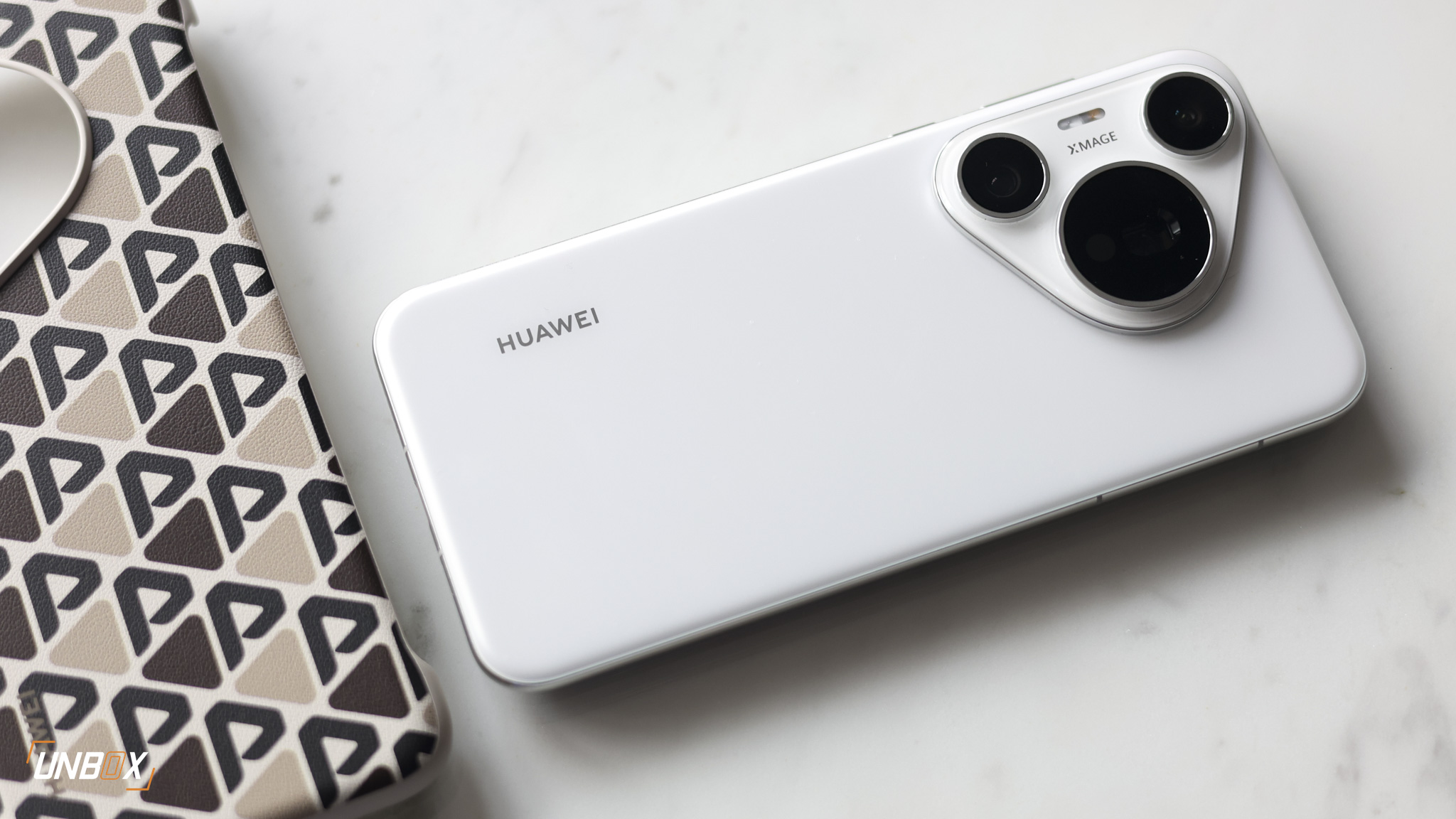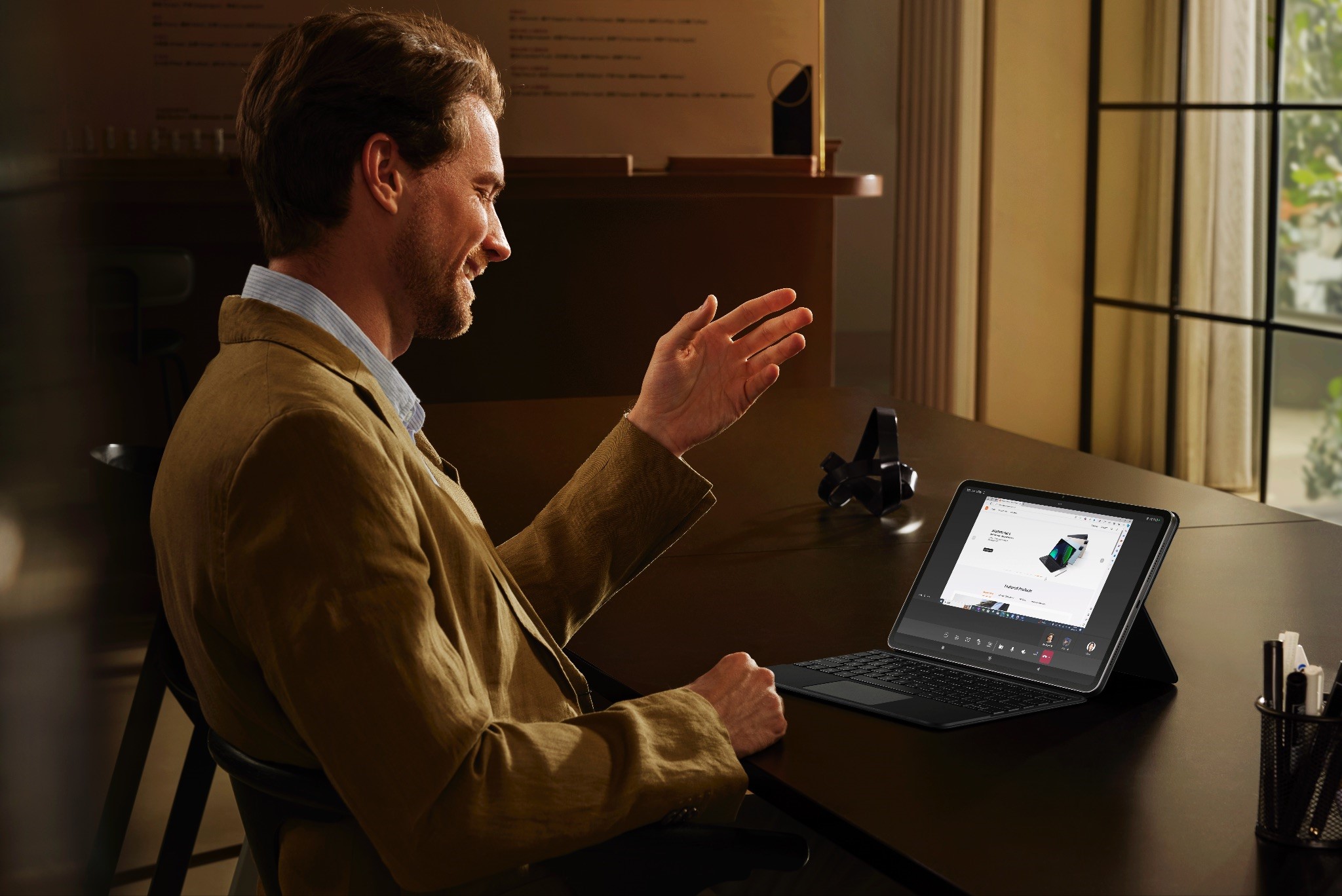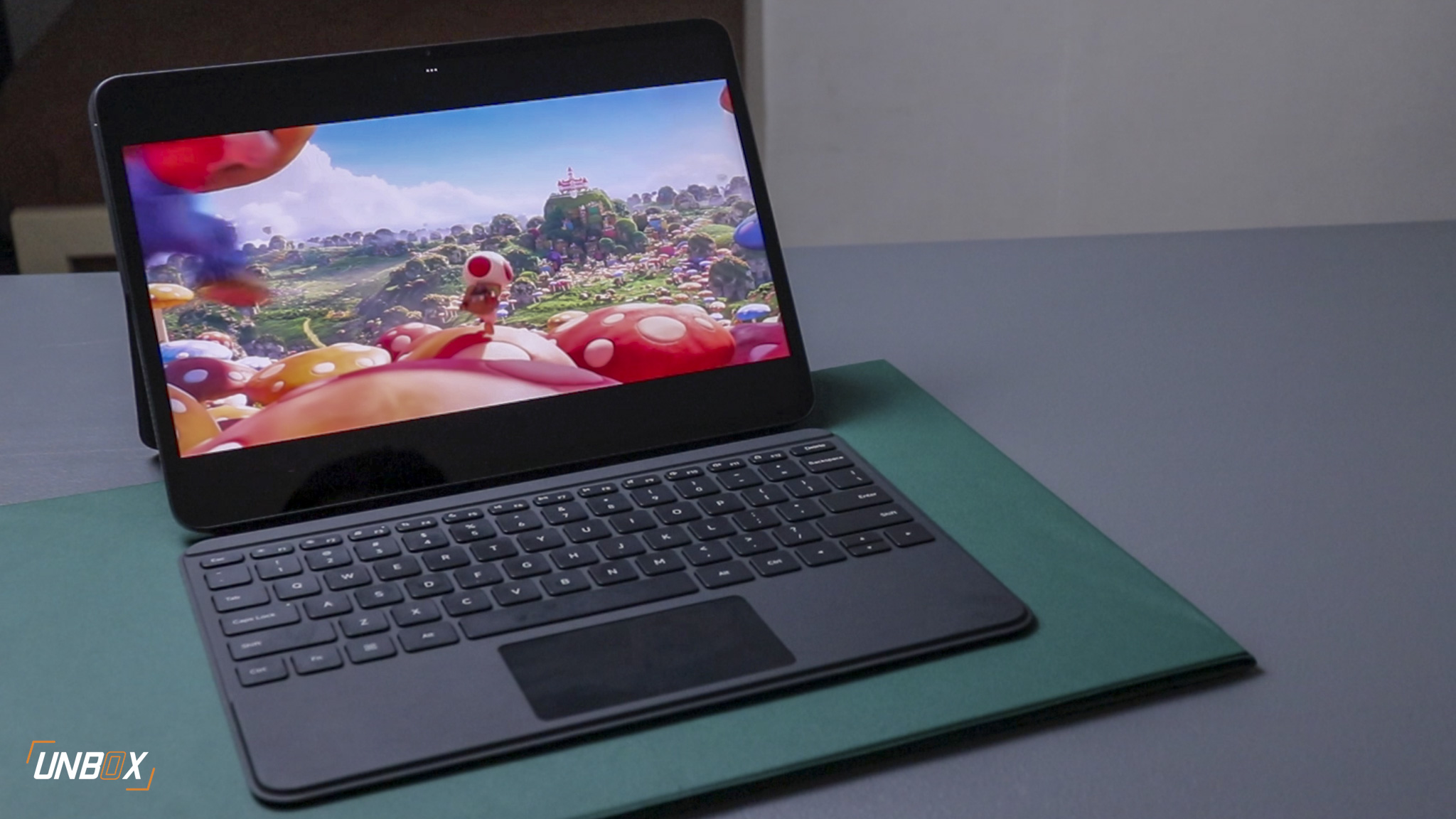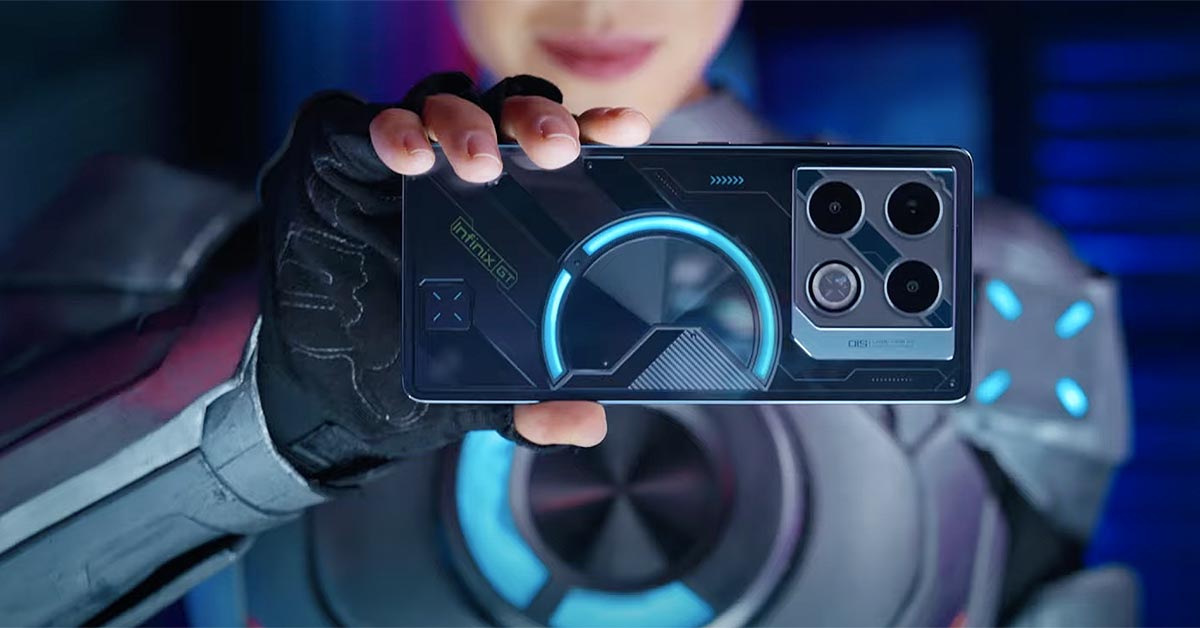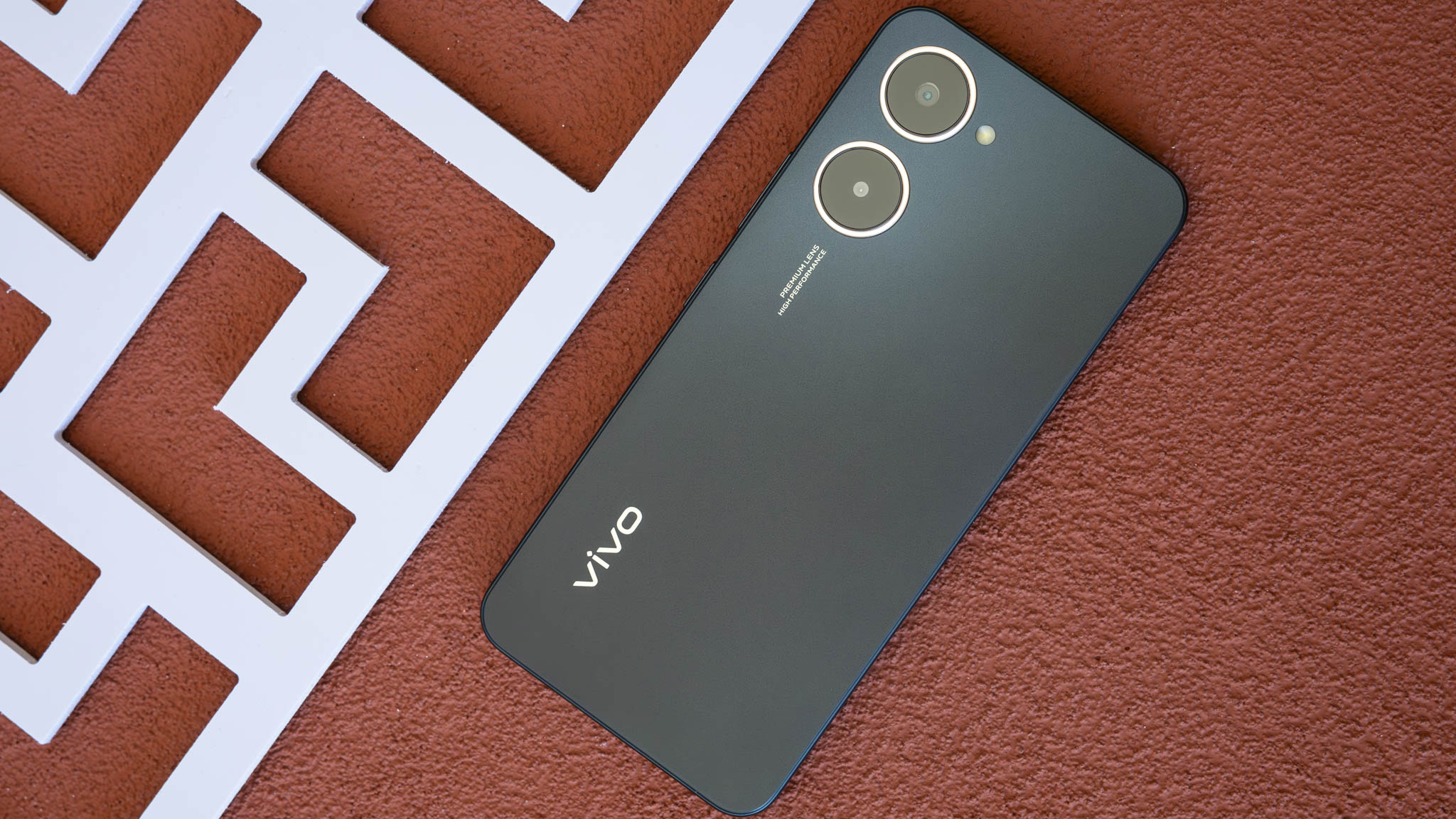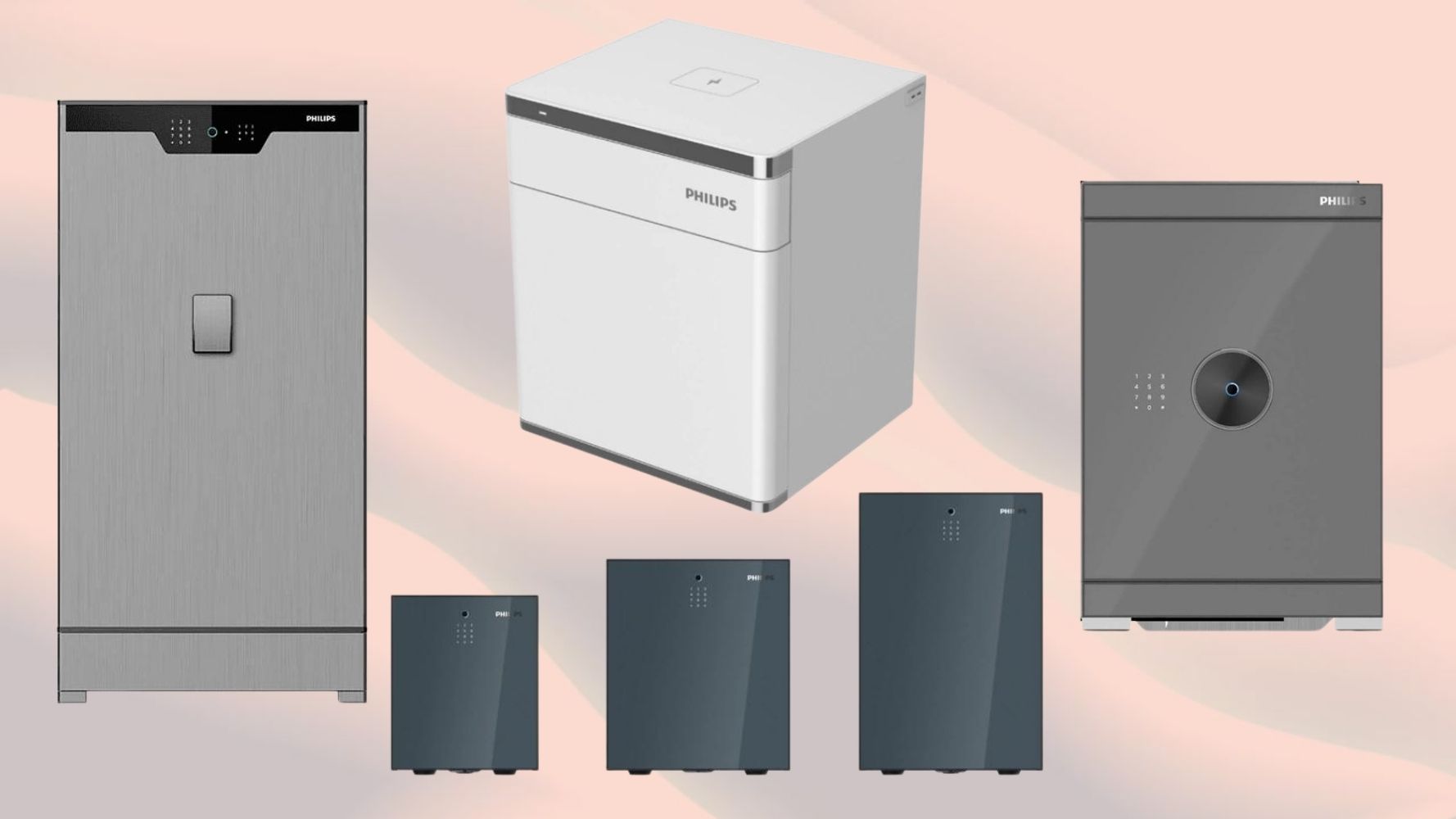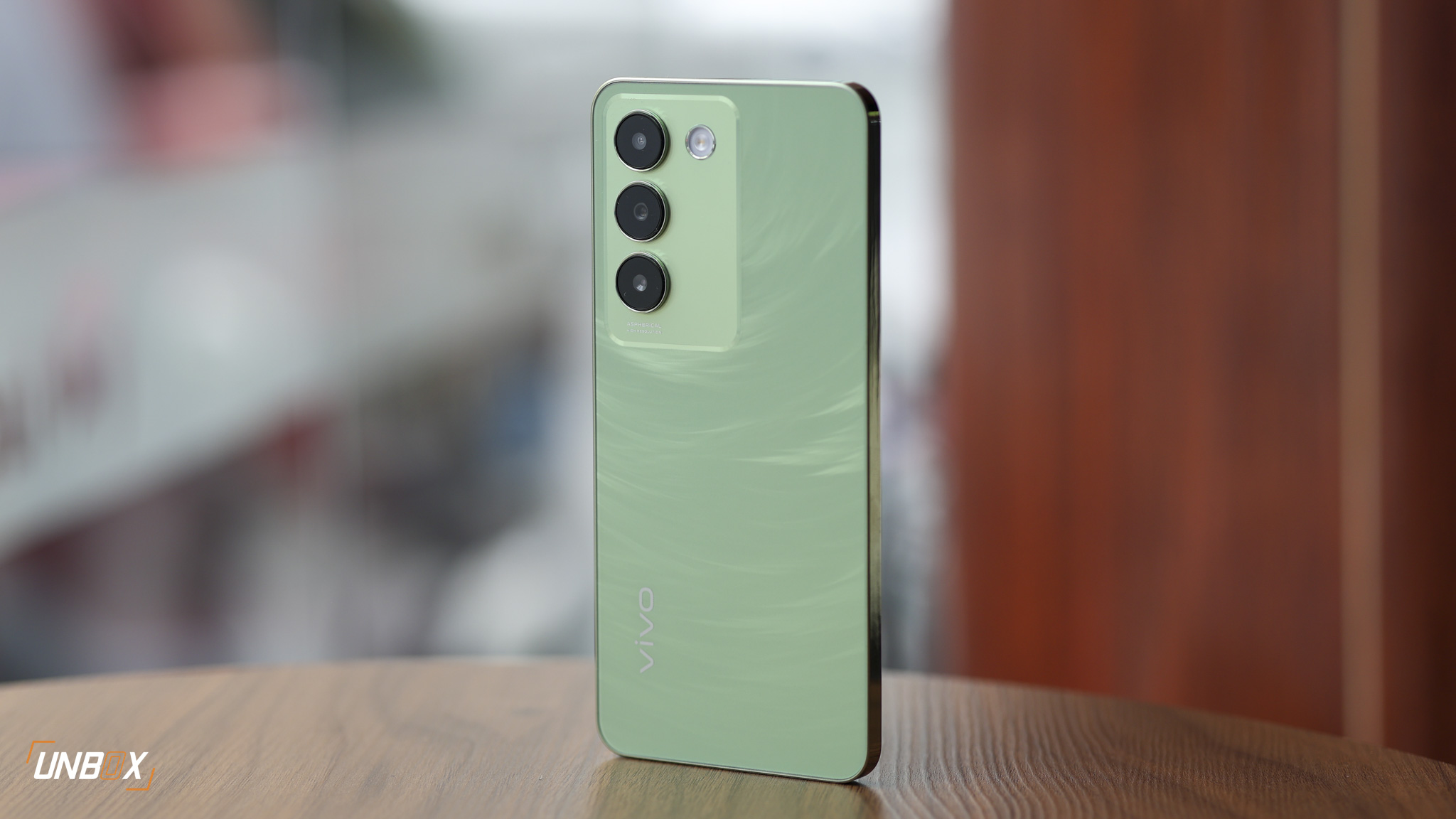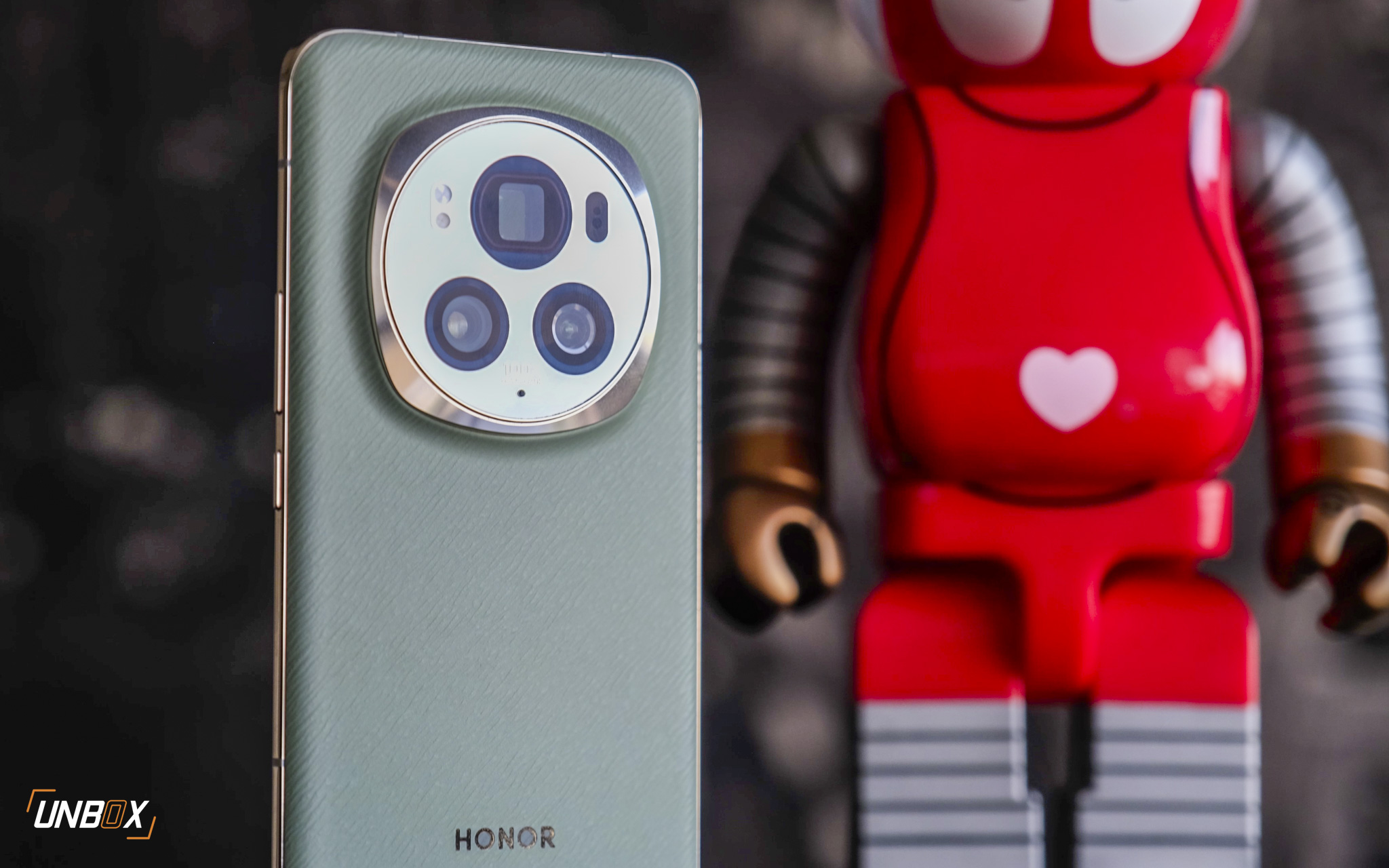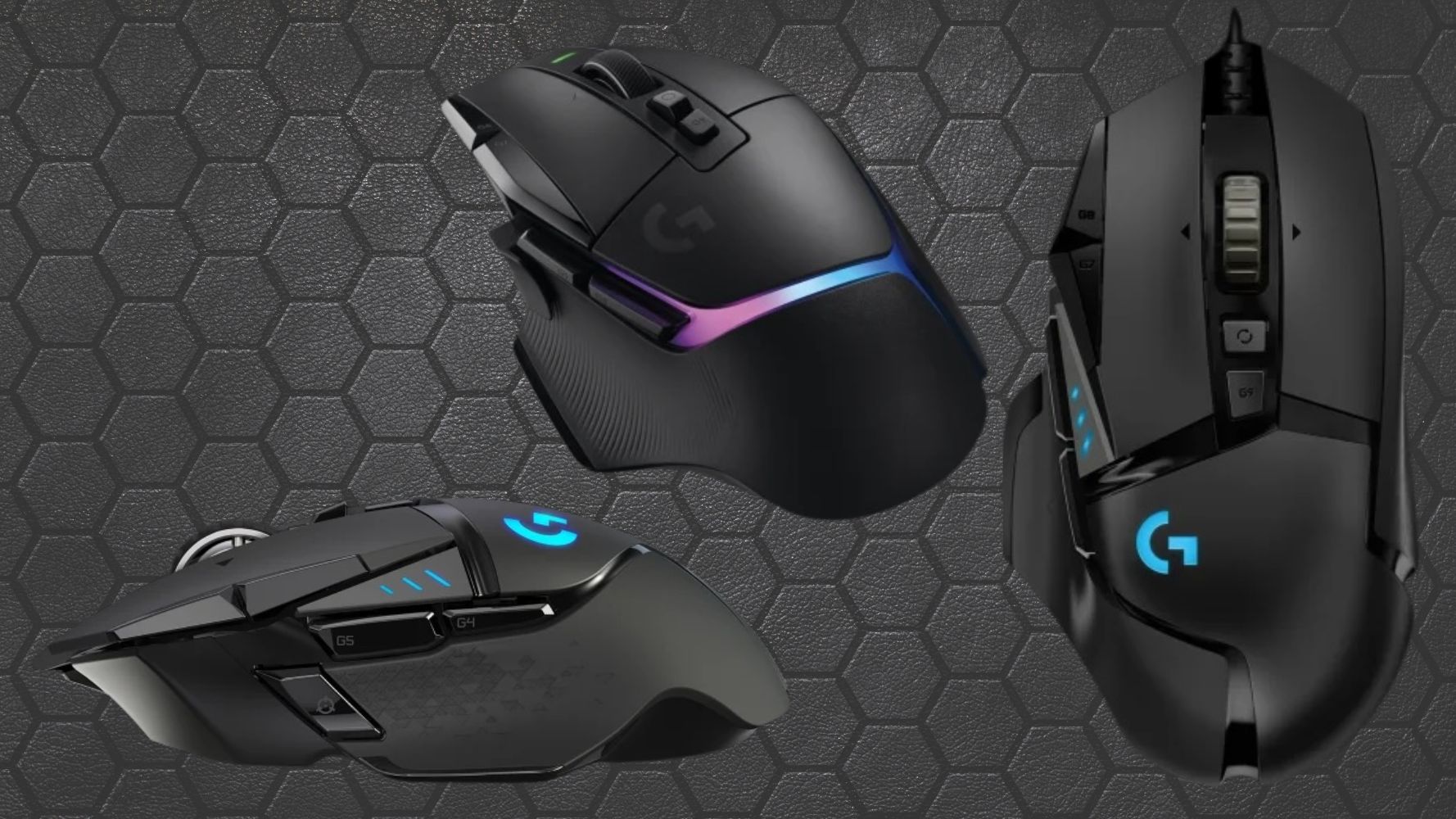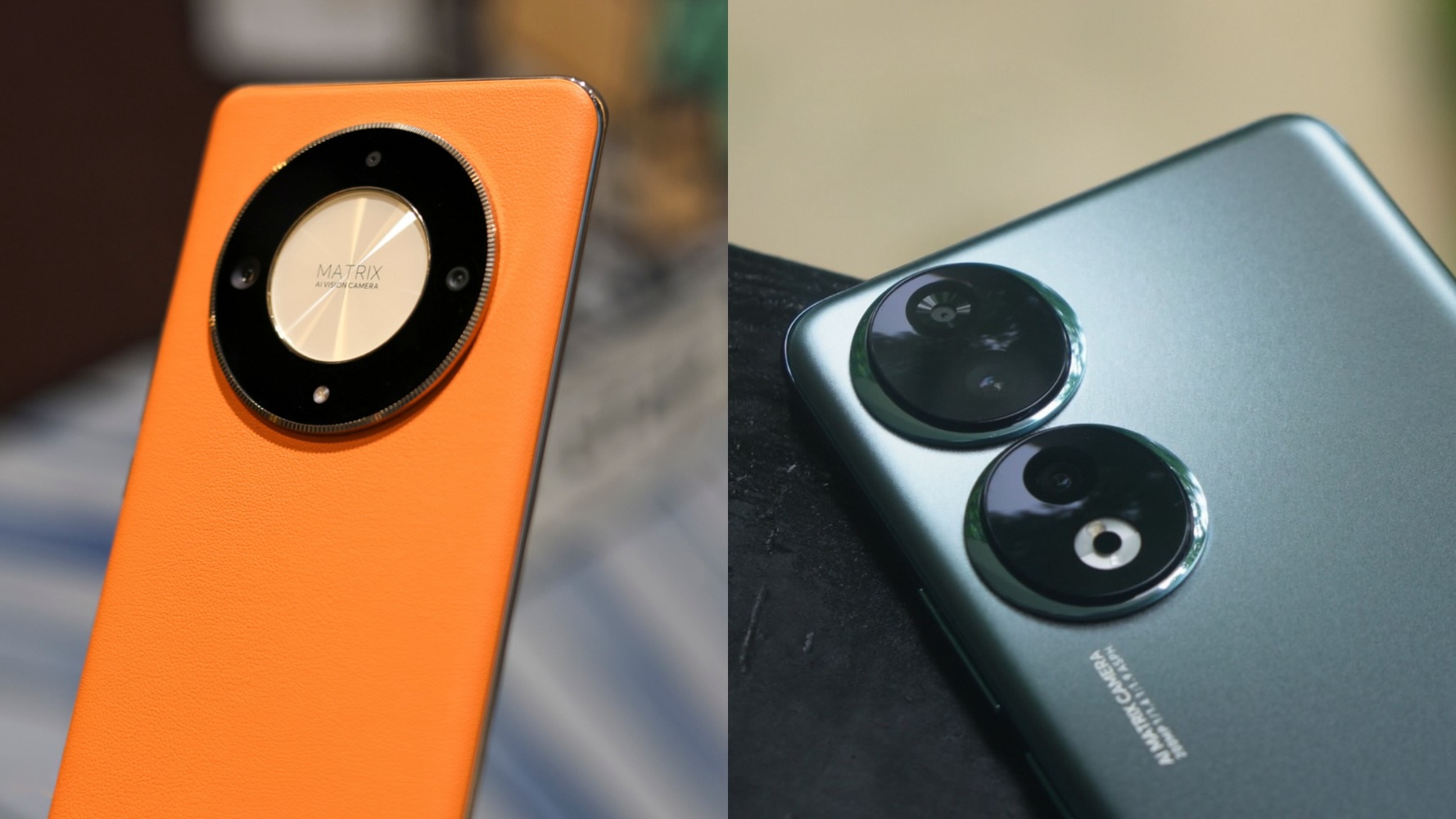
….and smartphones hold the smoking gun
If you asked me five years ago if you should ditch your point-and-shoot and stick with the camera on your phone, I would have called you an idiot and probably launched into a tirade about how a phone’s optics could never replace a dedicated camera. Fast forward to today, and I’m not ashamed to say that the opposite is now true – I could never really recommend anyone to buy a point-and-shoot over a smartphone with decent optics.
And the camera industry knows this far too well. We had a friendly get together with executives of an international camera brand, and they confirmed what we’ve suspected for a long time. Sales of point-and-shoot cameras are the lowest they’ve ever been. How low? Between January and June of 2013, Japanese manufacturers shipped only 30 million digital cameras, a -43% drop compared to the same period the previous year. It’s gotten so bad, you don’t even need to see analyst reports of the impending doom of the point-and-shoot. Pop quiz: when was the last time you saw anyone pull out a point-and-shoot to take photos in family gatherings, impromptu reunions and the like? Chances are, you’ve seen more people use their phone’s camera to document those moments than use a point-and-shoot. It simply makes no sense to carry a separate point-and-shoot when there’s a good chance that there’s perfectly good camera in your smartphone. A cursory glance over at Flickr’s sharing statistics tells the story: more people use iPhones to share photos compared to dedicated cameras.
Obviously, smartphones are to blame, but not all of it is because of the continuing evolution of camera sensors in mobile devices. One big culprit in the imminent death of the point-and-shoot is the way we take photos. Before smartphones, photos were something to be treasured and enjoyed in the confines of your PC or photo album. Now taking photos is only part of the equation. The other part is social – the need to immediately upload the photo you just took to your social media account, because how else will your 40 Instagram followers you ate at the trendiest restaurant in town?
Should camera manufacturers pack up and go home? Of course not. There’s still hope for cameras in the form of micro four thirds ( also known as mirrorless cameras) and DSLRs. These two camera categories have been spared the sales nosedive of point-and-shoots, and have actually experienced growth. According to a report by the NPD Group’s Retail Tracking Service last year, sales for detachable lens cameras (both micro four thirds and DSLRs) were up 5%. Why are these cameras experiencing growth when point-and-shoots have been put on the fast track to obscelence? It’s simple – if people need a separate device for their photography needs, they’ll get something that goes above and beyond the optics and picture quality of the devices that they carry in their pockets to be worth the trouble.
Unfortunately, camera manufacturers are still trying to restart the point-and-shoot market by adding new features that make it easier for people to share their photos in the web. Frankly, I think it’s as useful as giving a gunshot victim CPR in the middle of the street after they’ve bled out – there’s no way to arrest the downward spiral of the point-and-shoot market. Even the fanciest Wi-Fi capable camera can’t hold a candle the simplest smartphone as far as social sharing capabilities is concerned. The most sensible thing now is produce better, tougher and cheaper micro-four-thirds and DSLR cameras.
It’s time to wake up to the truth folks: the point-and-shoot is dead, and smartphones killed it.



